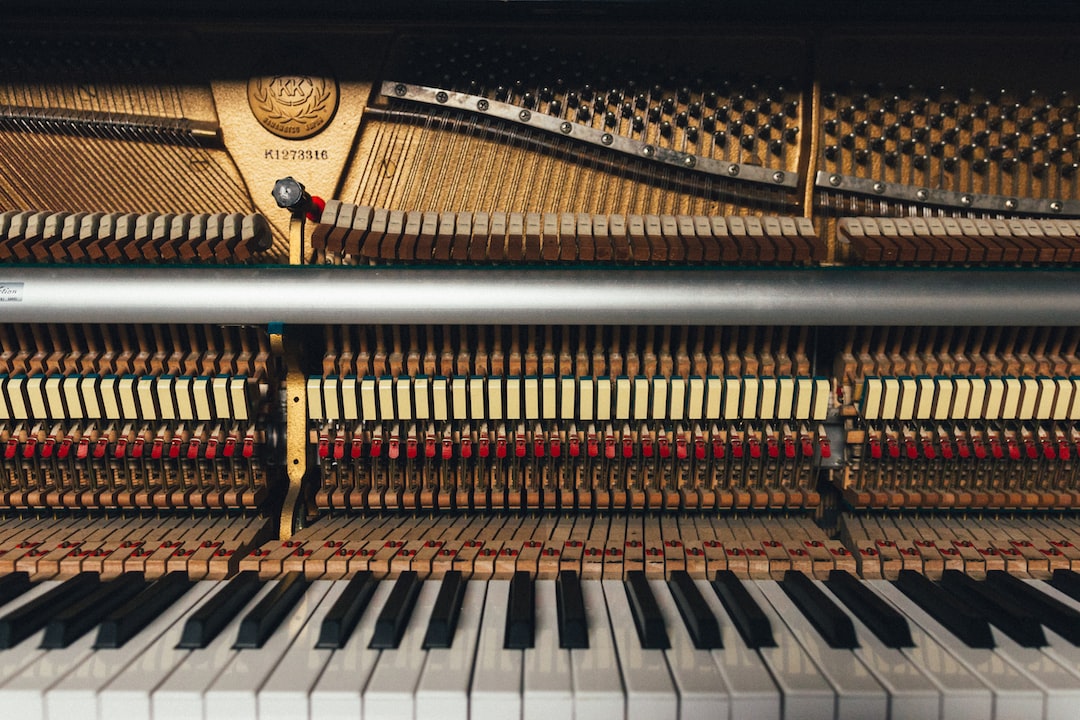Ever wondered how musicians can effortlessly perform a vast array of pieces without missing a beat? The answer lies in their repertoire – the collection of musical works they have learned and can perform with proficiency and nuance. Repertoire forms the foundation of a musician’s abilities, allowing them to showcase their artistry and skills in different settings and genres.
The term “repertoire” originally stems from French and means a list or stock of plays, dances, or pieces that a performer is prepared to present. In the context of music, repertoire refers to the complete body of musical works that a musician or ensemble can perform. This encompasses everything from classical symphonies and concertos to jazz standards, pop songs, and folk tunes.
A musician’s repertoire is an essential part of their musical identity. It represents the culmination of countless hours of practice, study, and exploration. Building a robust repertoire involves selecting and learning pieces that resonate with the performer, challenge their abilities, and allow for personal interpretation and expression. It is an ongoing journey of discovering new music, mastering existing pieces, and constantly expanding one’s artistic horizons.
Classical musicians, whether solo instrumentalists or members of ensembles and orchestras, often have a vast and diverse repertoire that spans centuries of musical history. They are not only expected to master the core works of renowned composers like Bach, Mozart, and Beethoven but also explore lesser-known compositions and contemporary pieces. This extensive repertoire serves as a benchmark for their technical and interpretive abilities while also providing a well-rounded musical foundation from which they can draw upon.
Within the classical realm, musicians often specialize in specific periods, genres, or composers, shaping their repertoire accordingly. For example, a violinist might focus on Baroque music, amassing a collection of works by Vivaldi, Bach, and Corelli, while another may lean towards Romantic music, gravitating towards pieces by Mendelssohn, Tchaikovsky, and Brahms. The diverse range of compositions within these subcategories allows for a richer and more comprehensive understanding of the music of a particular era.
In the realm of jazz, musicians also curate their repertoire, but the approach may be more spontaneous and improvisational. Jazz musicians often have a core repertoire of standard tunes that serve as a common language for collaboration and performance. These tunes, such as “Autumn Leaves,” “All the Things You Are,” and “Stella by Starlight,” have become timeless classics that provide a framework for improvisation and individual interpretation.
Furthermore, contemporary musicians, whether in pop, rock, or electronic music, also rely on a repertoire to shape their artistic expressions. These musicians often create their own original compositions, but they may also incorporate cover songs into their repertoire to pay homage to their influences and engage with familiar tunes that resonate with their audience.
Beyond the individual musician, repertoire plays a significant role in shaping the identity of ensembles and orchestras. Orchestras will often have a “core repertoire” consisting of well-established symphonic works that they perform regularly. This repertoire may include symphonies by composers like Beethoven and Mahler, concertos by Mozart and Tchaikovsky, and overtures by Rossini and Strauss. Such repertoire forms the backbone of an orchestra’s programming, providing a balance between popular favorites and lesser-known gems.
In conclusion, repertoire is an inseparable part of a musician’s life, shaping their artistic voice and defining their capabilities. Whether it be classical, jazz, or contemporary music, repertoire encompasses the wide range of musical works that musicians aspire to learn and perform. It serves as a vessel for artistic expression, technical mastery, and connection with audiences. So, the next time you attend a concert or listen to your favorite artist, take a moment to appreciate the depth and richness of repertoire that lies behind their musical journey.





